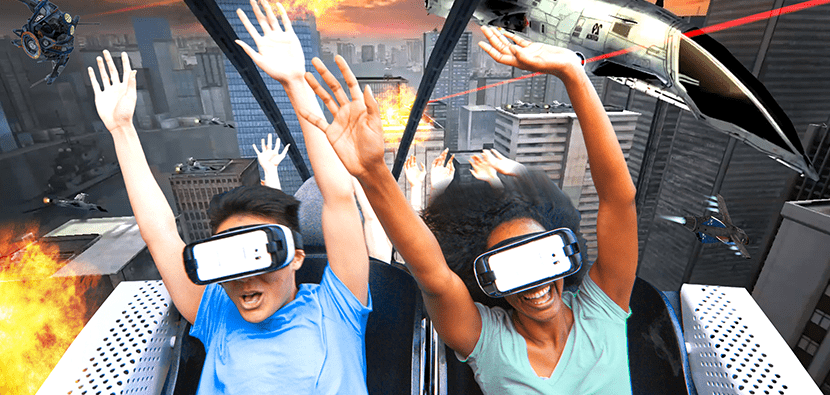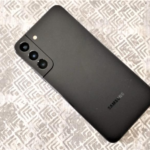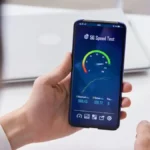The development of 5G technology has opened up a world of possibilities for mobile devices, including 5G phones. One area where 5G phones are expected to make a significant impact is virtual reality (VR). With faster download speeds, lower latency, and greater network capacity, 5G technology can enable a more immersive and seamless VR experience on mobile devices. This article will explore how 5G phones and virtual reality are the perfect matches.
What is Virtual Reality?
Virtual reality is a technology that simulates a realistic or imaginary environment, allowing users to interact with a 3D world using specialized equipment, such as headsets or gloves. VR is used in various applications, from gaming and entertainment to education and training.
How Do 5G Phones Enhance the VR Experience?
Virtual reality (VR) offers a risk-free means to be “present” with friends and coworkers, especially in the post-pandemic period. Environments in virtual reality can serve as centers for secure contact and cooperation. New degrees of creativity are also made possible by these technologies without having to worry about wasting money or resources.
So why hasn’t everyone started adopting VR yet? Several obstacles, like pricey headsets and computer systems, are in the way. However, a significant issue is that in order to deliver genuine immersion, VR solutions must handle enormous amounts of data quickly. It has been challenging to locate the throughput necessary to provide reliable VR experiences until recently.
By improving mobile connections between VR headsets, any software, and any computer systems they may be using, 5G resolves the connectivity issue.
- Faster Download Speeds
5G technology provides faster download speeds than previous wireless technologies, enabling faster and smoother streaming of VR content. This is particularly important for high-quality VR experiences that require large amounts of data, such as 360-degree videos or VR games.
- Lower Latency
In VR, latency can cause motion sickness and reduce the overall quality of the experience. 5G technology provides lower latency than previous wireless technologies, reducing the risk of motion sickness and improving the overall VR experience.
- Increased Network Capacity
5G technology also increases network capacity, enabling multiple users to participate simultaneously in a VR experience. This can be particularly important for social VR experiences, such as virtual meetings or events, where multiple users need to interact with each other in real time.
Examples of 5G Phones and VR Applications
Several 5G phones on the market can provide an enhanced VR experience, including the Samsung Galaxy S21 5G, the OnePlus 9 Pro 5G, and the Xiaomi Mi 11 5G.
Several VR applications are designed specifically for 5G phones. For example, the “VR Museum” app enables users to explore famous museums and art galleries worldwide in a VR environment. In addition, the “VR DJ” app enables users to mix and create music in a VR environment. Finally, the “VR Fitness” app enables users to participate in virtual fitness classes and workouts.
Conclusion
5G phones and virtual reality are the perfect matches. The faster download speeds, lower latency, and increased network capacity of 5G technology can provide an enhanced and more immersive VR experience on mobile devices. As 5G technology becomes more widespread, we can expect to see more exciting developments in the VR industry, with new applications and experiences that take full advantage of the capabilities of 5G phones.








